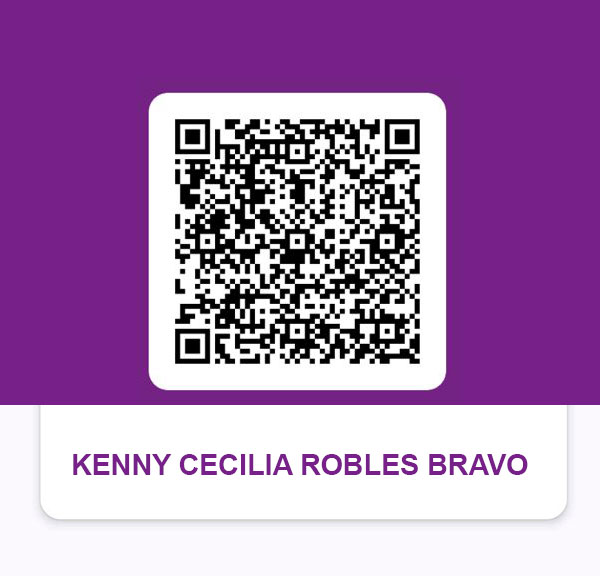How to Accept and Record In-Kind Gifts

If you have any questions regarding donated nonfinancial assets or would like a sample gift acceptance policy, please reach out to your Hawkins Ash professional. To value volunteer hours used to enhance a nonfinancial asset, nonprofits will often use the minimum wage for the locality in which they are operating in to value the time donated by volunteers. Effective contribution accounting is essential for nonprofit success, requiring diligence, transparency, and continuous improvement to build donor trust and ensure financial sustainability. Technology can streamline Sales Forecasting donation recording, improve data accuracy, facilitate reporting, and enhance overall financial management through the use of accounting software and online donation platforms. Nonprofits can ensure transparency and accountability by maintaining clear financial records, regularly reporting to stakeholders, and being open about their financial practices. Nonprofits can comply by adhering to accounting standards, maintaining accurate records, conducting regular audits, and following state and federal regulations.

Distinguishing Donated Capital from Exchange Transactions

Whether a nonprofit is required to have an annual independent audit or certified financial statements varies from state to state, depending on a number of factors, often based on dollar thresholds. In addition, funding sources, such as private foundations or government agency grants and contracts, may require an audit. The changes in this ASU also can be useful for other nonprofits in helping to clarify their financial position, even if an audit isn’t required.
- Nonprofits must fulfill specific reporting and disclosure requirements to maintain transparency and accountability.
- This approach ensures that revenues and expenses are recorded in the appropriate periods.
- The company should record the received asset at its fair market value, which can be determined through an appraisal, the market rate on similar assets, or the net present value of the expected future cash flows generated by the asset.
- It also made it difficult to parse the exact value of in-kind donations and their usefulness to the organization.
How should financial statements be formatted?
These include guidelines on recognizing, measuring, and presenting such donations in financial statements. Notably, FASB’s updates in standards require disclosures regarding the valuation techniques and inputs used to arrive at a fair value measure for contributed non-financial assets. In-kind donations should be consistently recorded GAAP for Nonprofits in an organization’s financial statements. These non-cash contributions need to be reported as part of the organization’s revenues and as assets or expenses, depending on the nature of the in-kind contribution.

Measuring Fair Value
Many years ago I attended the counting of fixed assets in one big manufacturing company. Collectibles are held for charitable purposes, and as such, there are no tax implications to the sale of a collectible. However, organizations must ensure that the proceeds from assets = liabilities + equity the sale are recorded appropriately. Many of the exhibits in a museum, art gallery, or other cultural institution may be regarded as collectibles.
- However, the depreciation of donated fixed assets reduces net income and lowers the book value of the asset over time.
- In an increasingly digital profession, data security has become one of the most critical challenges facing finance and accounting professionals today.
- Analogically, IAS 20 strictly prohibits accounting for grants straight in equity, so we should be consistent with this rules when forming the accounting policy in this case.
- Effective internal controls include segregation of duties, authorization procedures, and regular reconciliation of accounts.
- Other assets include land, building, securities, intangible assets, services rendered, supplies, and an unconditional promise to give these assets to an organization.
- Nonprofit organizations rely on various types of donations to support their missions and operations.
In 2018, the Financial Accounting Standards Board (FASB) issued guidance to clarify and improve the accounting guidance for grants and contributions. Explore the complex world of donated assets in business studies, a crucial element many miss when considering a business’s overall value. This comprehensive guide delves into the origin, understanding, and accounting implications of donated assets. Furthermore, it continues by illuminating the concept of assets or liabilities within business studies, alongside practical real-world examples.



